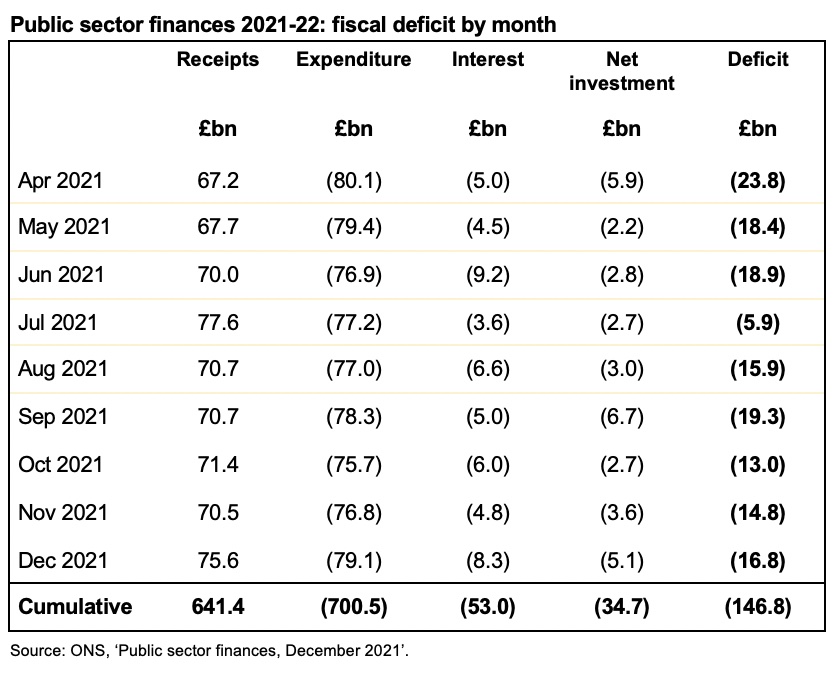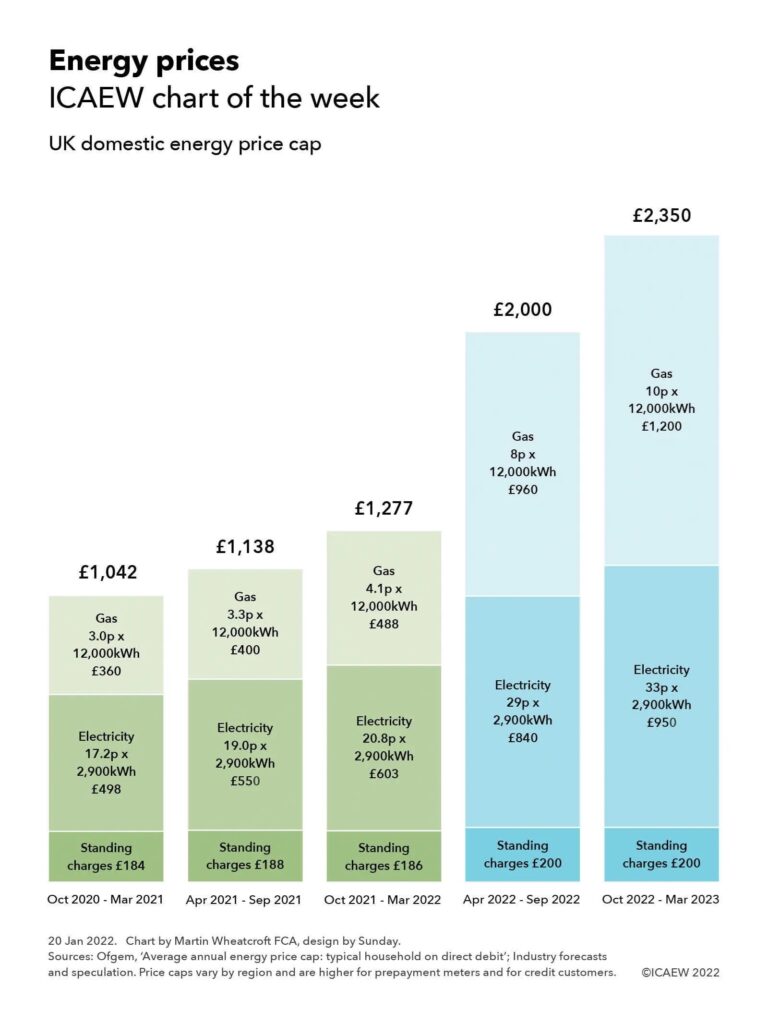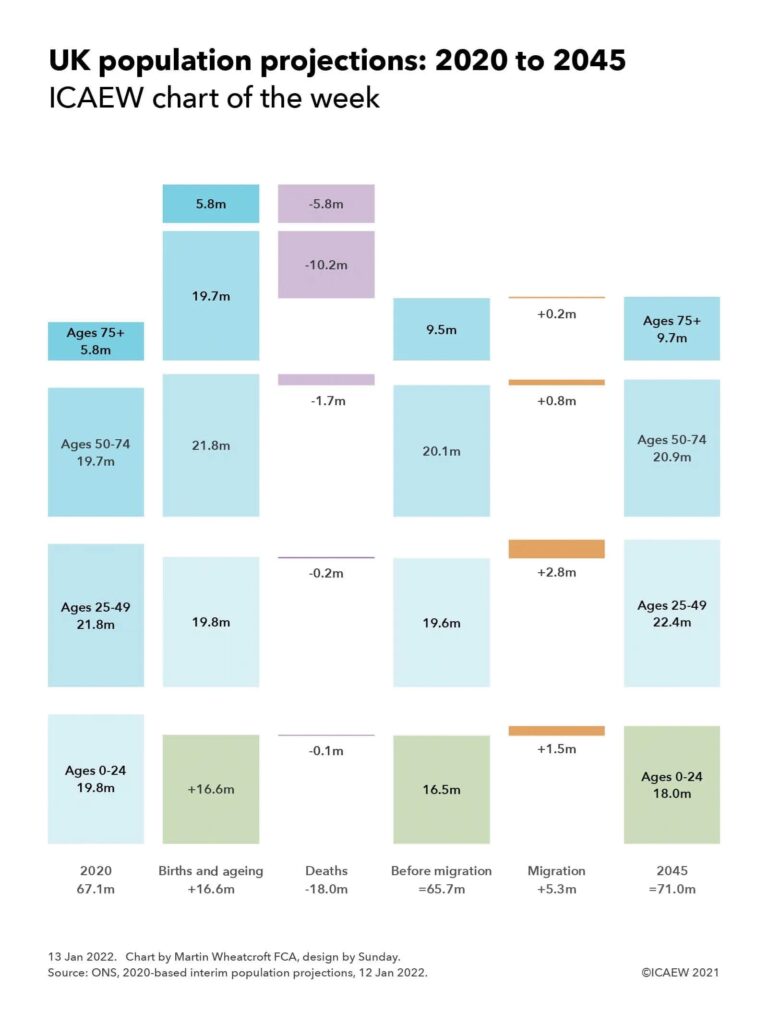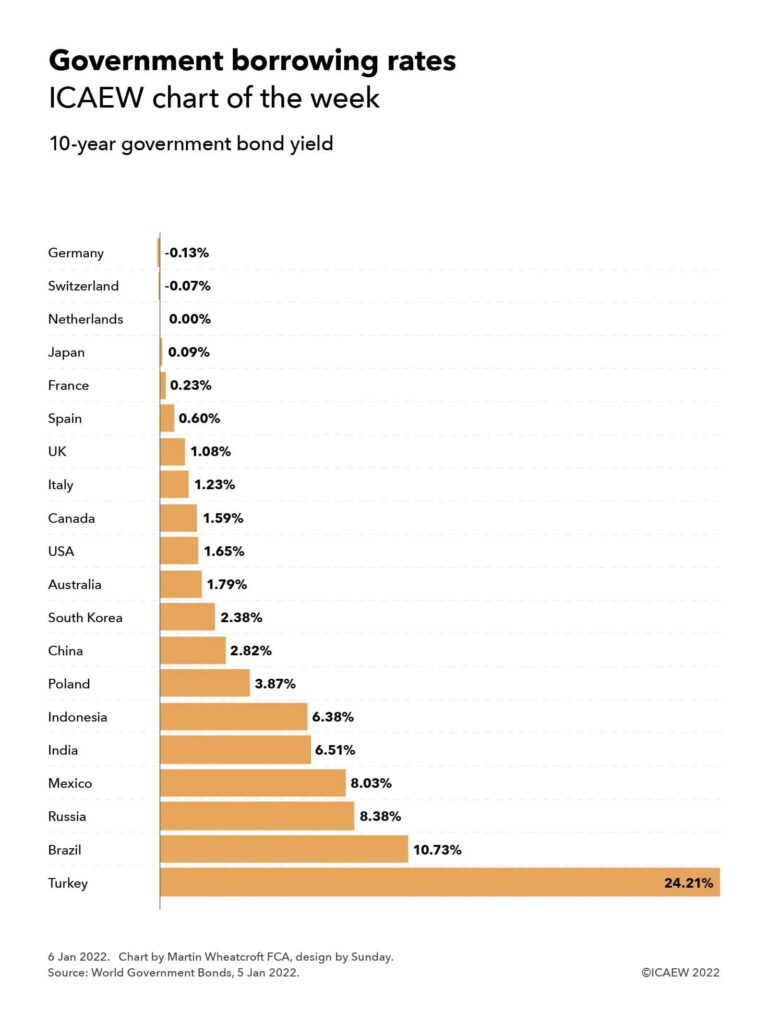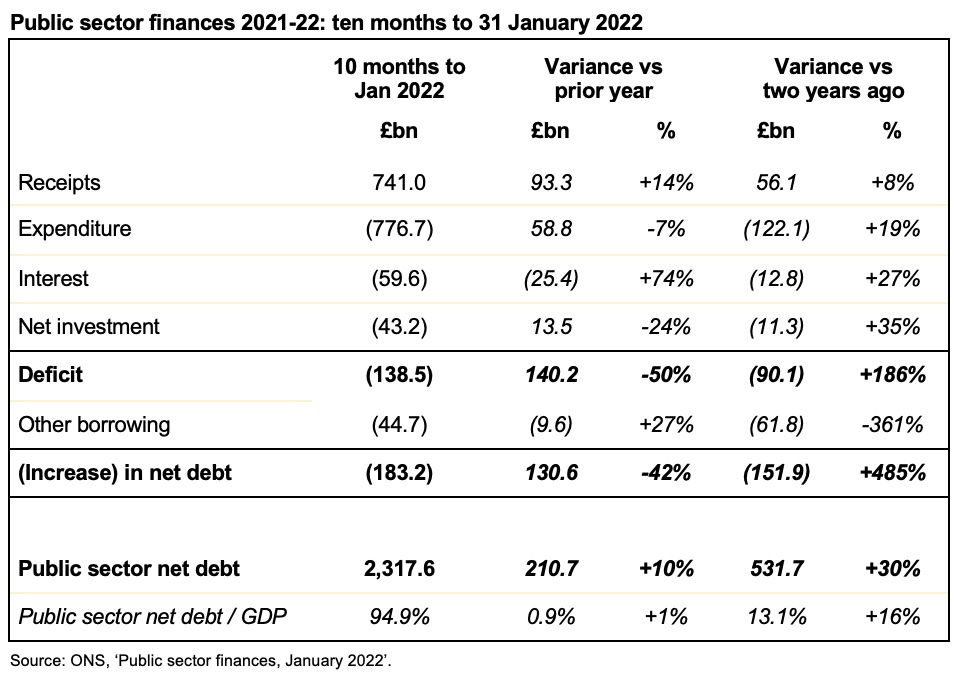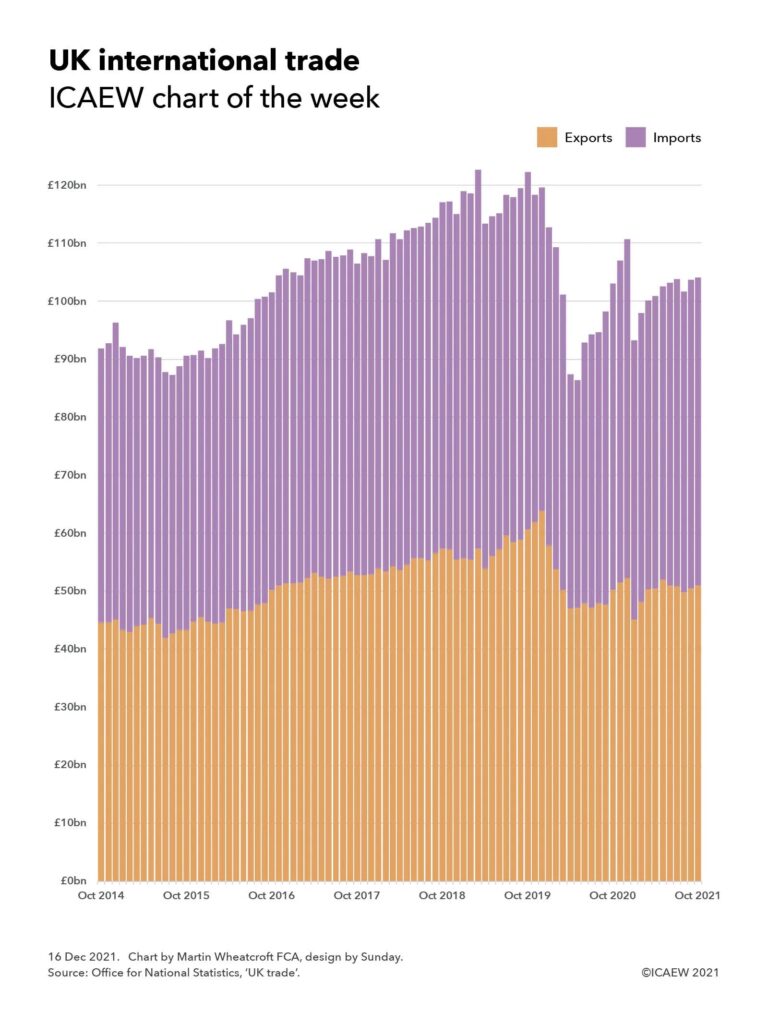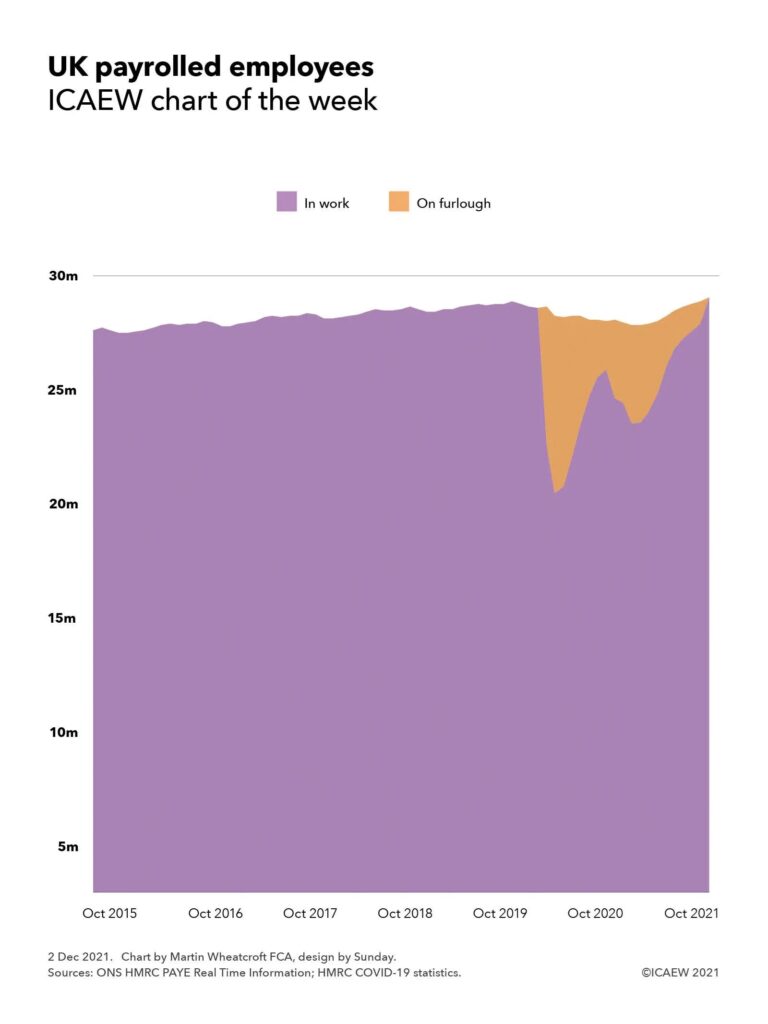In an article for Room 151, ICAEW Public Sector Director, Alison Ring writes that bringing leases onto the balance sheet from 1 April provides council finance teams with a real “opportunity” to help councillors better understand the scale and scope of local authority finances.
The introduction of International Financial Reporting Standard 16 ‘Leases’ (IFRS 16) on 1 April 2022 will have a significant impact on many local authority balance sheets as well as require a huge effort from council finance teams.
Many finance officers will be glad just to get the work needed to comply with IFRS 16 done, but they should also grasp the opportunity to use the comprehensive review of contracts they are undertaking to educate council leadership teams and councillors on the scale and scope of the local authority finances they are responsible for.
Capturing lease contracts
IFRS 16 abolishes the distinction between off-balance sheet ‘operating leases’ and on-balance sheet ‘finance leases’ and brings almost all leases longer than a year onto the balance sheet. The deadline for public sector entities to become compliant with the standard is April this year, so local authorities need to ensure they are not caught out.
The purpose of IFRS 16 is to provide financial statement users with a better understanding of the resources available to an organisation by requiring assets utilised via contractual arrangements to be recorded on balance sheets alongside legally-owned assets. This will cover many leased office buildings, that will now need to be included in the primary financial statements, rather than being disclosed in the operating lease note towards the end of the accounts.
The standard captures most contracts that give the right to use an asset for a period of time of more than one year, as well as lease arrangements where that right is “embedded” into a larger contract. The latter was already the case for embedded rights that met the old criteria to be treated as finance leases, including many private-finance initiative contracts started a decade or two ago, but IFRS 16 means that other types of lease arrangement will need to be identified and—if they meet the criteria—capitalised as an asset and a related lease liability.
Identifying lease assets
In theory, finance teams should have all the information they need to calculate the amounts to record for both asset and liability sides of the balance sheet, as well as recording depreciation and interest in place of lease payments in the expenditure statement.
However, in practice there needs to be a thorough exercise to review thousands of contracts to see if they are leases or contain embedded lease arrangements that fall within the scope of IFRS 16.
In addition to office buildings, there will be a range of assets to identify, ranging from office equipment to vehicle fleets, to leased facilities and equipment. This is not just about reviewing the legal text of contracts, but also involves working with operating departments to understand whether there is a right to use an asset.
Fortunately, there are two main exemptions that should make this exercise easier, with contracts with a term of 12 months or less or below a de minimus value in the order of £3,500 excluded completely.
Unlike in the private sector, the requirement to revalue local authority assets within the balance sheet adds to the complications that finance teams face. This is in addition to the raft of information required for disclosure purposes, such as sub-leasing arrangements, sale and leaseback transactions and variable lease payments.
There will also be challenges in accounting for lease modifications, where a change to the original terms and conditions requires a reassessment of the carrying value for an asset and its associated lease liability, based on the new pattern of lease payments and discount rate.
Beefing up management controls
The good news is that this exercise, while onerous, has benefits too. Creating an inventory of contracts with key terms identified and understood provides a resource that can be used for other purposes, including controlling costs and monitoring financial exposures.
A more comprehensive understanding of the assets in use across the organisation will help in ensuring that resources are being fully utilised for the benefit of service users and council taxpayers.
Processes to vet new contracts for their accounting implications also provide an opportunity to beef up risk management controls. And there may be opportunities to renegotiate contract terms such as lease lengths and renewal options, or to identify contracts that are no longer needed and that can be dispensed with.
Just as importantly, IFRS 16 implementation provides finance teams with a real opportunity to educate council leadership teams and councillors on the finances of the organisations they are responsible for.
Not only is there a need to explain the accounting change and what this means for the financial statements, but the outputs of the implementation exercise can be used to help those charged with governance to better understand the scale and scope of contracting undertaken, the nature of the assets available to be utilised and, most importantly, the commitments and risks that have been made to suppliers and to service users.
There is a temptation to see IFRS 16 as a problem, and I can understand why yet another major compliance exercise may not be embraced with overwhelming enthusiasm. However, I believe that this particular problem is an opportunity – one that should definitely be grasped.

